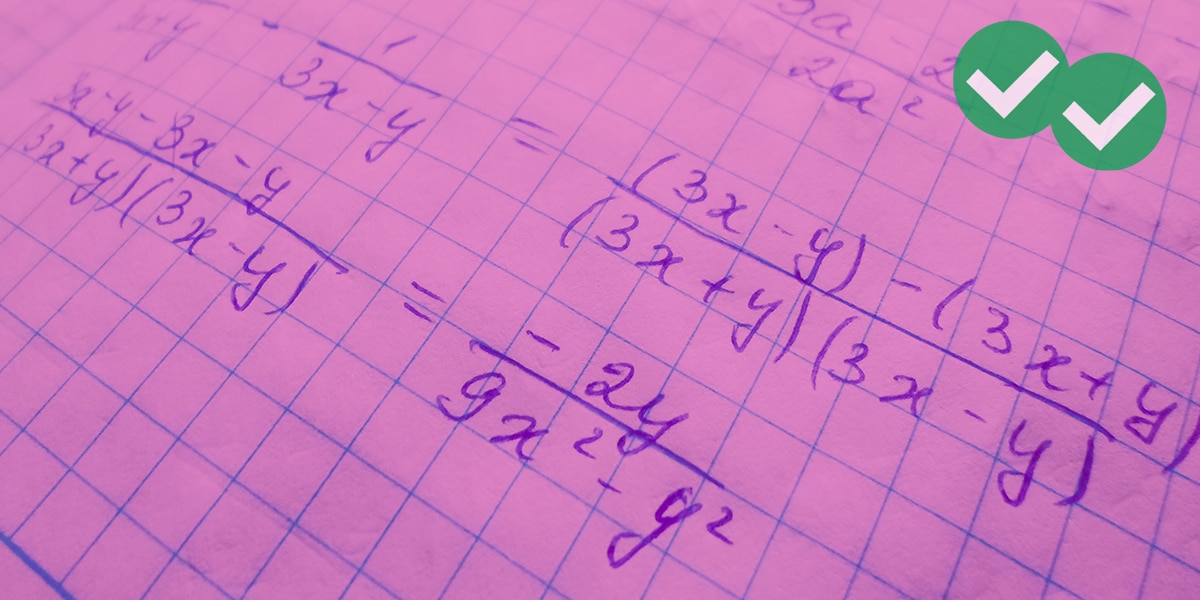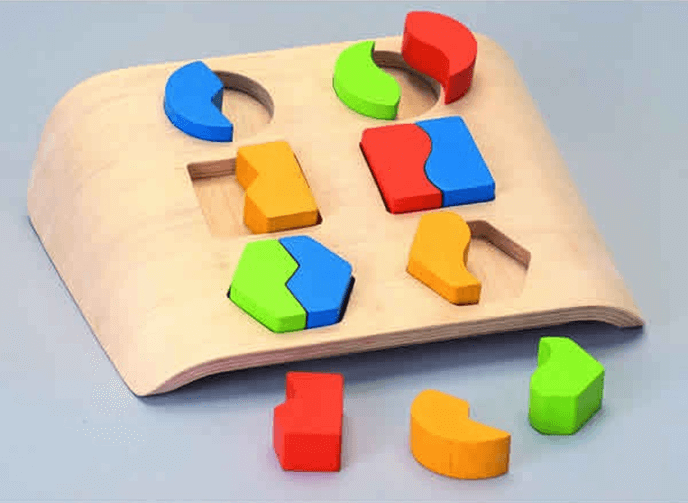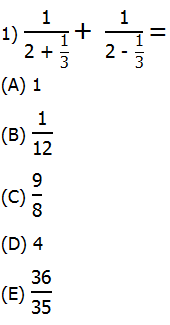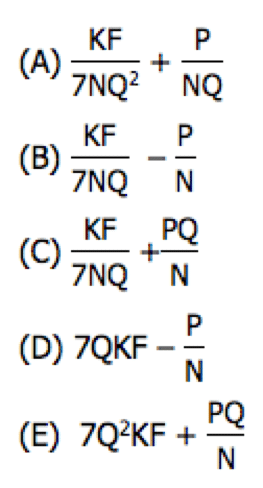
This post was updated in 2024 for the new GMAT.
What are the most essential topics of algebra that you need to know to succeed in GMAT math? How many formulas and equations do you have to memorize? Why must we be tortured by all this math???
The good news is that it doesn’t take a huge amount of time or energy to master the basics. Most likely, you already have the fundamentals down.
![]() Of course, it never hurts to review, so you might want to check out these first: Introduction to Algebra and FOIL on the GMAT: Simplifying and Expanding.
Of course, it never hurts to review, so you might want to check out these first: Introduction to Algebra and FOIL on the GMAT: Simplifying and Expanding.
This post is intended to help you gain the edge if you already have a solid foundation. By recognizing and taking advantage of some common algebraic expressions or patterns, and by remembering rather than memorizing.
Table of Contents
- Three Essential Formulas for GMAT Algebra
- GMAT Algebra Practice Problems
Three Essential Formulas for GMAT Algebra

Here are two algebraic equations and one formula that you should remember for the GMAT Quant section.
- Difference of Two Squares: \(a^2 – b^2 = (a-b)(a+b) \)
- Squaring a Binomial: \((a \pm b)^2 = a^2 \pm 2ab + b^2 \)
- The Discriminant: \(D = b^2 – 4ac \)
There is a common theme among the three items. In one way or another, they all have something to do with quadratic expressions. These tend to be more difficult to work with than linear equations, simply because the tools look more complicated.
Using the Patterns
The first two items in the list pertain to factoring—you can check out this post for more on that topic: Algebra on the GMAT: How to Factor.
The idea is that you can replace the expression on the left of the equals sign by the one on the right, and vice versa. This technique is often used in simplifying algebraic expressions. The practice problems below will also help you to understand when to use this strategy. The third item, the discriminant, is a powerful tool to help analyze the roots of quadratic equations without ever having to find the roots explicitly.
 To see these concepts in action, check out our lesson videos on Factoring – Rational Expressions and Quadratic Equations.
To see these concepts in action, check out our lesson videos on Factoring – Rational Expressions and Quadratic Equations. GMAT Algebra Practice Problem
Now let’s see if we can apply what we learned to the following GMAT Quant question!
Problem Solving Questions
- What is the largest integral value of \(m \) such that the quadratic equation \(x^2 – 10x + m \) will have two unique solutions?
Click here for the answer
B.This question is made for the discriminant! You won’t have to guess and check if you know how to use the formula appropriately. To find \(D \), plug in the following to the formula:
\(a = 1 \)
\(b = -10 \)
\(c = m \)\(D =\) \(b^2\)\( – 4\)\(a\)\(c\)
\(D =\) \((-10)^2\) \(- 4\)\((1)\)\((m)\) \(= 100 – 4m \)Now, we know that we’re looking for two real solutions, so we want \(D = 100 – 4m > 0 \).
\(100 – 4m > 0 \implies 100 > 4m \implies 25 > m \)
So, we get \(m < 25 \). Be careful NOT to choose 25 as your answer! The largest integer that is less than 25 would be 24.
Final Thoughts
GMAT algebra questions do not have to be intimidating. Linear and quadratic expressions and their close relatives make up the bulk of the material that you need to know. By mastering the three essential formulas mentioned above, you will be well on your way to Complete GMAT Domination!
If you’re looking for more GMAT algebra practice, check out our FREE GMAT practice test with accurate score prediction and subject-by-subject performance breakdown. You can practice a single section like Math, Data Insights, or Verbal for 45 minutes or take the whole assessment for 2 hours and 15 minutes. Give it a try!






